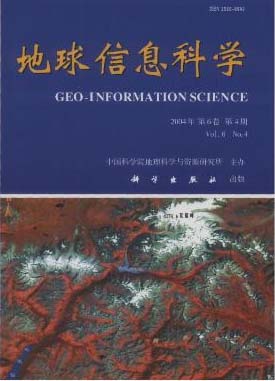ARTICLES
CHENG Weiming, CHAI Huixia, LONG En, LIU Haijiang, ZHANG Yang
2004, 6(4): 19-24.
Based on advanced techniques such as Remote Sensing, Geographical Information System and Computer-aided cartography etc., this paper presents the significance and actual progress in landscape ecologic mapping at home and abroad, discusses traditional mapping methods and mapping criterion on thematic maps, design on modern computer automatic mapping method, map contents and mapping procedure of landscape ecologic maps. The mapping contents includes: (1) probing into or researching new mapping method and mapping criterion based on RS and GIS; (2) researching classification indexes and classification system; (3) researching and designing modern computer automatic mapping method and technology; and (4) finishing and publishing the 1∶1000 000 landscape ecologic maps of China, and mapping manuals etc. The research steps include research historical analysis of the study area, basic database construction, analysis of regional landscape characteristics, landscape classification and mapping, and finial integrated mapping. The maps of landscape ecology include 8 formats, the first one is color terrain map based on 1∶250 000 DEM and mapping explanation, the second-third one is ETM imageries in 2000, including typical field photographs and geologic profiles, the fourth-fifth one is characteristics analysis of several key areas, the sixth-seventh one is the main type map of landscape ecology, including classification system and legend system, and the last one is function division map of key areas. Based on traditional classification systems of vegetation, LUCC and FAO, the thesis integrates two important indexes of relief and land cover, and presents new landscape classification system.The study breaks traditional thematic mapping method of single elements, which can provide method of presupposition for finishing the 1∶1 000 000 landscape ecologic maps of China in future and integrate scientific research with productive practice. It can not only update actual basic materials based on RS data, present actual status of the study area, but also discuss ecological environmental problems, present reconstructing methodology or measures. So, the study has theoretical importance and practical application value.
